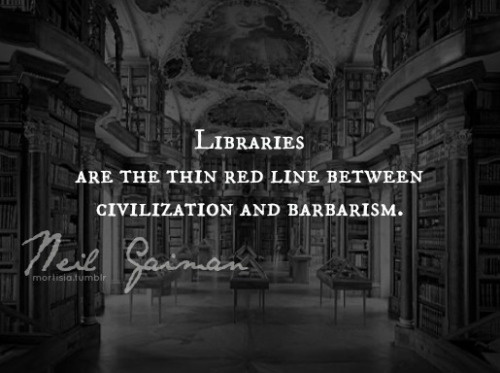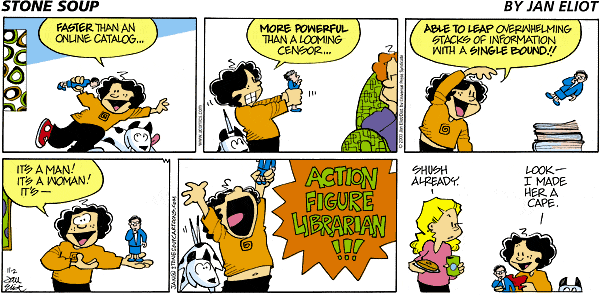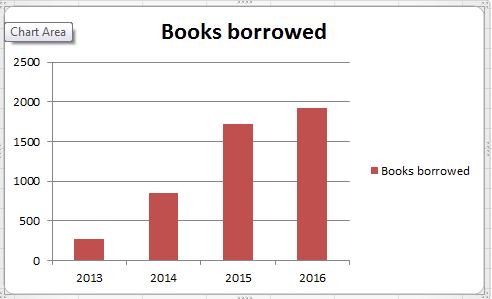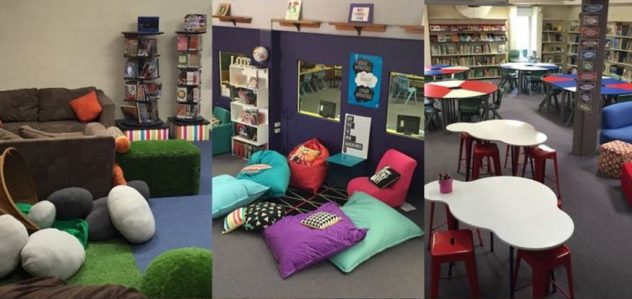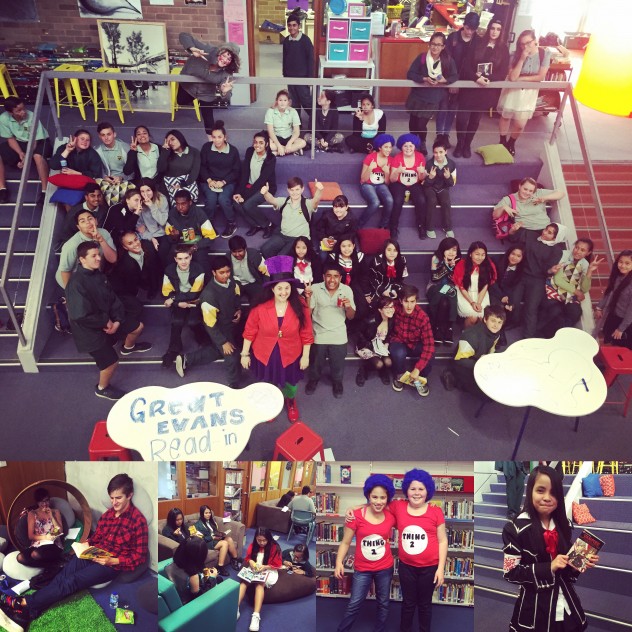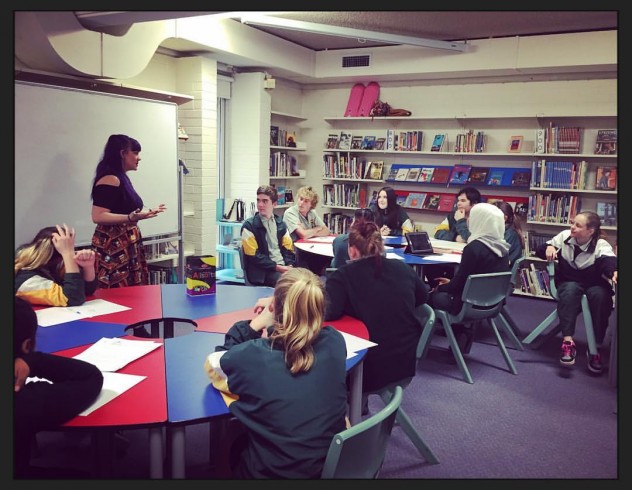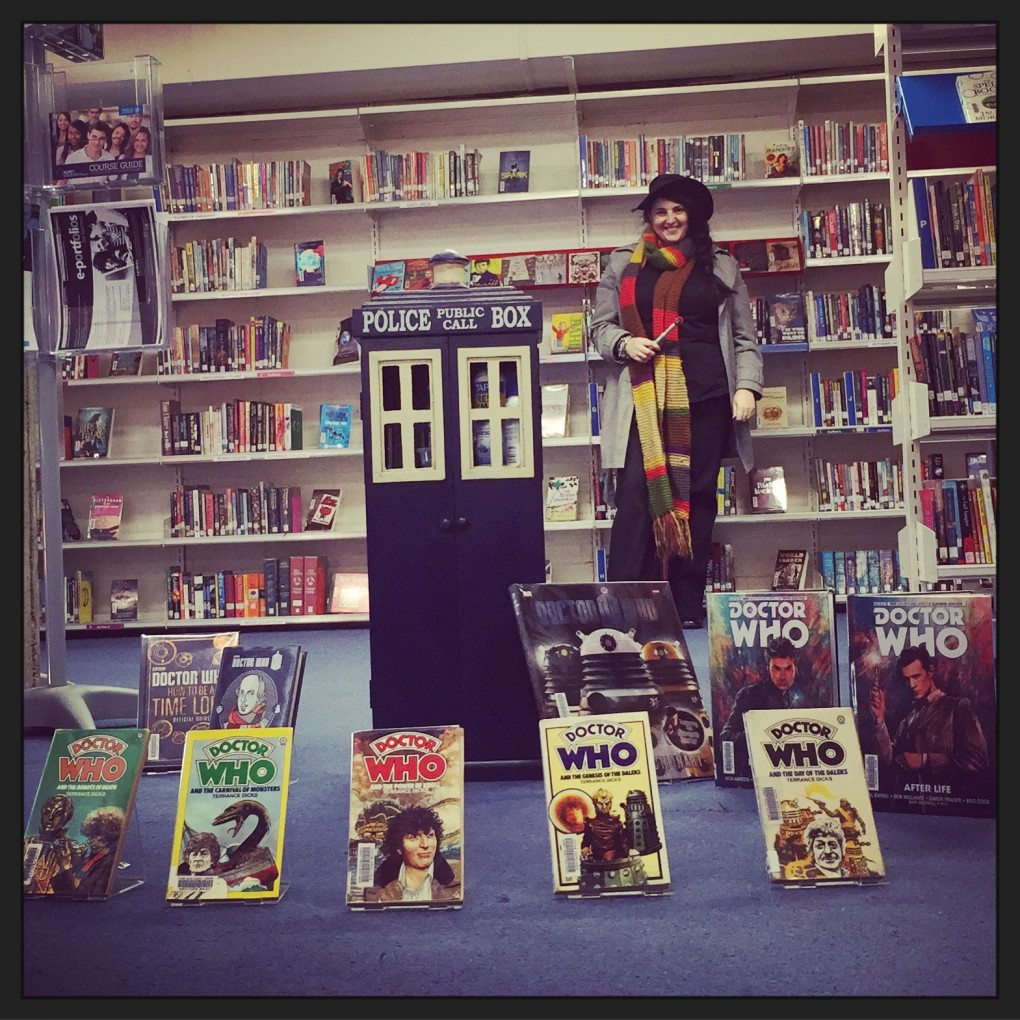Annotated Resource List – Assignment 1, Resourcing the Curriculum
Britannica Online (2016). “Native American” Encyclopædia Britannica. Retrieved from http://school.eb.com.au/levels/high/article/117303
THis resource is available through subscription to Britannica Online, and was selected after conducting a search on the database. Providing age and stage appropriate texts for students is one of the key requirements of the school’s Reading2Learn program. One of the core benefits of this resource is the opportunity to adjust the reading level of the text, depending on the skills and abilities of the class, whilst still ensuring that the information is stage appropriate. This is particularly useful for those classes that have a higher proportion of LBOTE students, as the lower reading level texts can be used to support students’ initial understanding of and engagement with the material, and then the higher reading level texts can be used to model more complex writing and text types.
Curriculum Support (n.d.). “Campfire -Stories”. http://www.curriculumsupport.education.nsw.gov.au/secondary/languages/languages/aboriginal/campfire/stories/index.htm Accessed 10 April 2016.
Campfire Stories in an interactive website, which presents a series of interviews from Aboriginal elders and community members, organised by local area. This resource was located via search on Curriculum Support. The website is simple to operate, and provides a number of first person accounts of indigenous experiences.One of the key benefits of this resource is its accessibility – both in terms of its availability to students, and the ease of understanding of the material. Given that it is a freely available site, there is no cost for use, which makes it an attractive option.
As a teaching resource, it has enormous benefits, as it is linked to specific syllabus outcomes, and provides a range of teaching notes and suggestions for activities, and relevant links to quality teaching elements. The resource has academic and cultural integrity, and is an appropriate medium to present first-person interviews, so that students are able to hear indigenous experiences from those who have experienced them. This provides students with greater opportunities to develop their understanding of individual experiences, which is an essential element of the Depth Study.
Kohen, J.L. (2009). Daruganora: Darug country – the place and the people. Revised Edition. Two volumes. Darug Tribal Aboriginal Corporation, Blacktown.
This resource was initially located via a search on SCIS for the keyword “Darug”, after a request by the teacher for resources which provided specific information relating to the Aboriginal land on which Evans High School is situated. The text located on SCIS was a 2006 edition (SCIS number 1324880), but further research located a revised edition of the text, which has updated primary sources and maps.
The key benefits of this resource against Hughes-Hassell and Mancall’s selection criteria (2005) are its authority, and the comparison with other works. The author is well respected in the local indigenous community, and the resource demonstrated a strong understanding of local indigenous history. Whilst there are numerous texts available which present useful information about Indigenous Australian history, there is little available which examines the history of the land and people with a focus on distinct Aboriginal regions. Whilst the presentation of the information may be relatively unengaging for students, it provides a depth and breadth of local indigenous history that would be of outstanding benefit as a teaching resource.
Laguna Bay (2011). Family anthology. Oxford University Press, Melbourne Australia.
Family anthology is part of the Yarning Strong series, which presents aboriginal stories and culture in engaging and informative ways. Texts in this series are used regularly at Evans High School library, and as such is included in this resources list through personal recommendation.
The physical and aesthetic quality of the text warrants its inclusion in the collection, as it presents both the fiction and non-fiction text elements in a vibrant, engaging fashion, which are appealing to a teenage audience. The other key criteria that sets this text apart is its appropriateness for learners. The content is accurate and informative, and presented in a variety of text types, in language that would be accessible for students from diverse language backgrounds. Other texts in this series would also help support the Indigenous cultures program, particularly in regards to the development of a sense of empathy for indigenous experiences, both as a society and as individuals.
NSW Board of Studies (2016). “Teaching heritage: Indigenous timeline.” http://www.teachingheritage.nsw.edu.au/section03/timeindig.php Accessed 10 April 2016.
The Indigenous Timeline resource from the Board of Studies site was sourced via recommendation from a colleague, as a site which they have found useful in presenting an outline of major points of contact between Indigenous society and British colonisers. The accessibility of this text, as a freely available website published by a reputable source, is a key criteria for its inclusion in the collection. The accuracy of the information presented is another feature which recommends it.
An element of the Indigenous timeline for teachers to be aware of is the cultural bias of the information presented. Whilst it presents a chronological background of Indigenous history, this is largely focused around Indigenous interactions with colonising and white cultures. This is a feature worth discussing with students, and allows for an examination of the nature of cultural bias in historical representations.
Pascoe, B (2012). The little red yellow black book : an introduction to indigenous Australia. Australian Institute of Aboriginal and Torres Strait Islander Studies, Canberra.
The little yellow red black book: an introduction to indigenous Australia was included in this collection after reading a number of reviews, including those featured on IndigenousX (n.d.) and Goodreads (n.d.) It’s clear writing style makes it accessible to a wide range of readers, and ensures that it will be a valuable resource for both native English speakers, and the wide range of LBOTE students that are students of Evans High School. Its brevity (at only 140 total) also makes it an accessible text, as it is presents a breadth of information, without significant depth. There are a range of additional resources and research pathways provided within the text for readers to further explore issues as needed, which makes text an excellent entrypoint into many Indigenous issues.
The key features of this resource that warrant its inclusion in this list relate to the comprehensive and culturally sensitive way that it presents an inclusive view of Aboriginal history, over 60,000 years. It effectively weaves a historical overview with personal experience, and provides a clear overview of a range of cultural protocols and ethical issues for non-Indigenous people.
Perkins, R, and Dale, D. (2008) First Australians. http://aso.gov.au/titles/series/first-australians/ Accessed 6 April 2016
This resource was discovered as a recommendation from a colleague on a HSIE facebook teachers’ discussion group, and has been added to the Stage 4 program as an essential teaching resource for the unit of work. Whilst all episodes are useful for the teaching of Indigenous History, the first three episodes are particularly relevant for the syllabus elements relating to early British contact with Aboriginals. The documentary is well presented, and provides an engaging and authentic indigenous voice to segments of Australian history which have been traditionally told from a white-centric point of view. As such, this resource is particularly strong in the selection criteria of accuracy, treatment and authority.
The documentary episodes are extremely successful in presenting Indigenous history in a culturally relevant way. They employ oral storytelling traditions, which are an important part of indigenous history, should be incorporated in an understanding of Indigenous culture (NSW Board of Studies, n.d.) There are a wide range of authentic primary and secondary historical sources used throughout the documentary, which reinforces the value of this resource as part of a strong teaching and learning program for the HSIE Indigenous Society Depth Study.
Smith, K (2010) Nari nawi : Aboriginal odysseys. Rosenberg Publishing, Dural NSW.
Nari nawi was sourced via a search on Trove, focussing on early contact Indigenous experiences. This resource was produced to accompany the Nari Nawi : Aboriginal odysseys exhibition held at the State Library of NSW, and there are a number of resources available to support the printed text. These include a gallery of the rare images featured in the State Library collection (ABC, 2010) and the Indigenous voices collection at the State Library (outlined in Thorpe and Byrne, 2014).
This resource is particularly useful in assisting students with an understanding of one of the core components of the depth study, which requires students to “describe and assess the life of ONE Aboriginal and Torres Strait Islander individual in contact with the British colonisers” (NSW BOSTES, 2016a). Nari nawi presents a variety of primary and secondary sources relating to the experiences of an individual Aboriginal person in the years soon after colonisation, and provides a distinctly Indigenous representation of a period of history that is typically portrayed from the perspective of the colonisers. As such, the treatment of the historical period, and the appropriateness of the material for an Indigenous Cultures unit, make this a worthwhile addition to the collection.
Wheatley, N. (2008) My place. Walker Books, Newtown.
ABC (2009) My place: Episode 23 1778 Waruwi
ABC (2010) My place. http://www.abc.net.au/abc3/myplace/
The picture book, My place, by Nadia Wheatley, creates an engaging fictional narrative about the history of a single house/tree, which features as part of the oral history of the children living in this place in ten year gaps, leading back to the year of colonisation. When used by itself as a resource, the map and key features of the text allow for an engaging illustration of the changing nature of a community’s relationship with the land on which they live. The text accurately represents immigration patterns and historical events through the lives of the child narrators, and this provides opportunities to examine the ways in which fictional and factual texts differ.
The award winning TV series based on My place, produced by the ABC, and in particular Episode 23, would also be a useful resource to support teaching and learning in this unit. This episode represents the experiences of an Aboriginal girl during the year of colonisation, in which she encounters unfamiliar animals and situations. The skillful filming and characterisation of these encounters allows for the development of a strong sense of empathy, and creates an engaging portrayal of a potential scenario involving an Indigenous individual with colonisers, supporting one of the key requirements of the syllabus for this Depth study. The website which supports the TV series provides students with additional opportunities to engage and interact with the content and concepts of the show.
These three resources were included as a result of a scootle search, combined with personal recommendation. Whilst they are fictional in nature, I believe that they are worthy inclusions in a resource list supporting an Indigenous cultures unit because of their potential benefits for students in developing a sense of empathy for the experiences of Indigenous people of a similar age to them, and for the opportunity to develop a stronger understanding of the role of storytelling and the oral tradition in a modern context.
References
ABC Radio National (2010) Nari nawi : Aboriginal odysseys. Radio National: Awaye!
http://www.abc.net.au/radionational/programs/awaye/mari-nawi-aboriginal-odysseys/3670716
Evans High School (2015a) HSIE Scope and Sequence document. Evans High School HSIE Faculty, Blacktown
Evans High School (2015b) HSIE Indigenous cultures program. Evans High School HSIE Faculty, Blacktown
Evans High School (2016a) Annual School Report 2015. Retrieved from http://www.evans-h.schools.nsw.edu.au/our-school/annual-school-report
Evans High School (2016b) Library management plan. Evans High School Library, Blacktown.
Goodreads (n.d.) The little yellow red black book: an introduction to Indigenous Australia. Goodreads. https://www.goodreads.com/book/show/7764388-the-little-red-yellow-black-book?from_new_nav=true&ac=1&from_search=true
Hughes-Hassell,S. & Mancall, J.C. (2005). Selecting Resources for Learning. In Collection management for youth: Responding to the needs of learnersi (pp.33-51) Chicago: American Library Association.
NSW BOSTES. (2016a). History K–10 : Stage 4 : Depth Study 6: Expanding Contacts. Syllabus.bostes.nsw.edu.au. Retrieved 25 April 2016, from http://syllabus.bostes.nsw.edu.au/hsie/history-k10/content/1044/
NSW, BOSTES. (2016b). History K–10 : Learning across the curriculum. Syllabus.bostes.nsw.edu.au. Retrieved 25 April 2016, from http://syllabus.bostes.nsw.edu.au/hsie/history-k10/learning-across-the-curriculum/
NSW Board of Studies (n.d.) Teaching heritage: Oral history. http://www.teachingheritage.nsw.edu.au/section04/
Pridham, K. (n.d.) The Little Red Yellow Black Book. IndigenousX: Showcasing & Celebrating Indigenous Diversity. http://indigenousx.com.au/indigenousx-review-lrybb/#.Vx6gzHF97nA
Thorpe, K, and Byrne, A (2014).” Indigenous voices in the State Library of NSW” Library History Forum, SLNSW, 18-19 November 2014. Retrieved from http://www.sl.nsw.gov.au/sites/default/files/alhf2014_kirstenthorpe_alexbyrne.pdf
